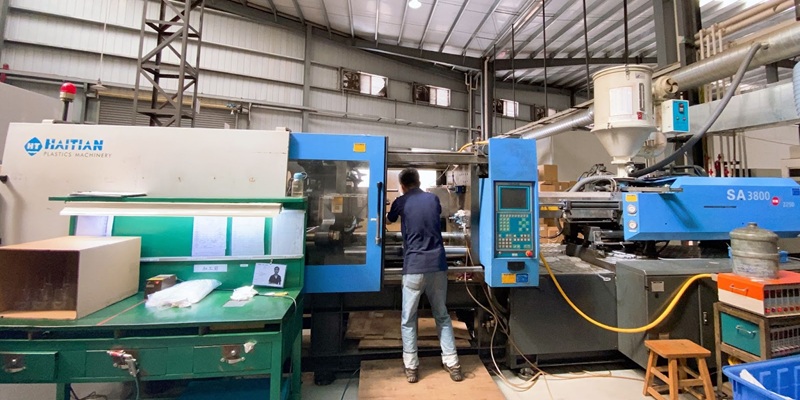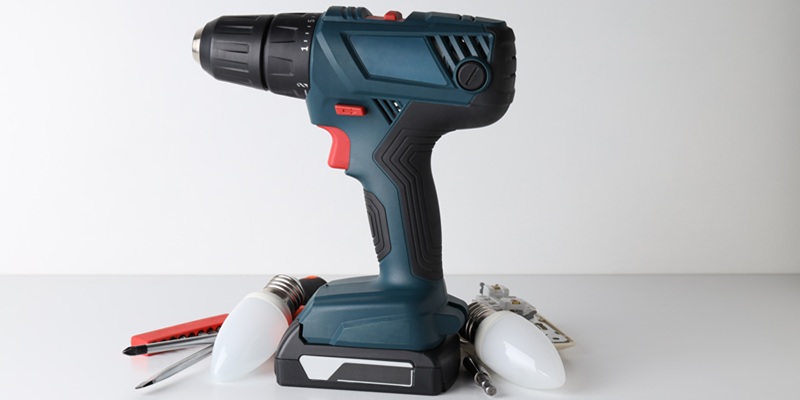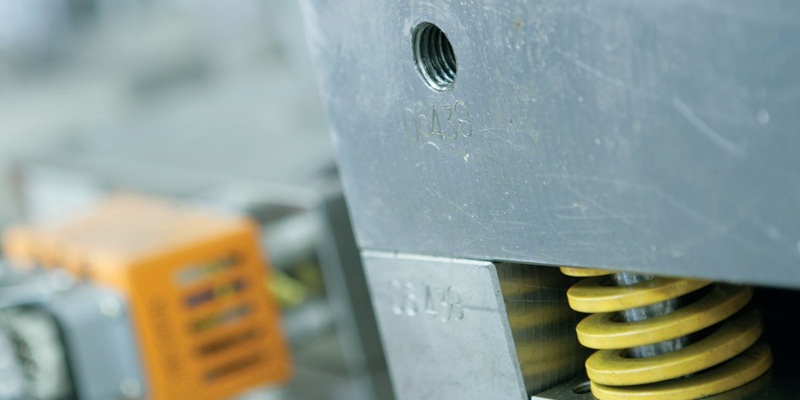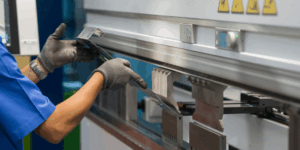In the current market, various manufacturing methods are employed to produce robust products with extensive functionality. Injection moulding is one of the common manufacturing processes, which injects molten plastic into a mould, cools it, and then ejects it after it solidifies.
There are subprocesses under injection moulding, which are overmoulding and insert moulding.
Let’s explore more about the two processes below:

What Is Overmoulding?
Overmoulding is a multi-step injection moulding technique that combines two or more materials to create a single, integrated component.For low-volume production, this is typically done using a manual two-stage process, while high-volume production often uses automated systems.
The process begins by moulding a base component, which is then transferred to a second mould where an additional material, often softer or with different properties, is applied over or around the first part.
Once the materials bond and cool, they form a durable and functional part. It’s commonly used to improve product performance, enhance grip, add protection, or combine aesthetics with strength in a single component.
What Are The Overmoulding Benefits?
Let’s discover the benefits of overmoulding below:
- Flexibility of materials: Enables the combination of different materials to create complex parts with varied properties and textures.
- No adhesives required: Overmoulding fuses different parts and materials together without the need for glue or other bonding methods, resulting in long term durability.
- Aesthetic appeal: Using multiple materials and multi-coloured designs can create an aesthetic appearance
- Improved Resistance: New ways to add layers of material that offer resistance to wear, chemicals, or extreme temperatures.

What Are The Limitations Of Overmoulding?
Here are the limitations of overmoulding and what kind of features it lacks:
- Unable to debond: If the temperatures are not set at an optimal level based on the specific material combination, it may cause delamination and prevent the material from being bonded together with heat
- Multi-step process: Overmoulding requires several stages, resulting in longer cycle times compared to standard single-material injection moulding.
- Material compatibility limitations: Some materials may not bond effectively with others, making overmoulding difficult or unreliable.
What Is Insert Moulding?
Insert moulding involves placing a pre-manufactured component, such as a metal or rigid plastic part, into a mould. Molten plastic is injected around it to ensure it solidifies around the insert. Once it is securely formed, it becomes an integrated component.
This combines the durability of metal with the flexibility of plastic, making it perfect for applications that demand both strength and design versatility.
What Are The Insert moulding Benefits?
Insert moulding offers numerous benefits, such as:
- Short assembly time: Insert moulding saves time by elimination the need for separate assembly processes.
- Secure and precise placement: Permanently seals components in place, ensuring proper alignment and reducing the risk of shifting or misassembly.
- Enhance performance: The combination of metal and plastic will ensure durability and enhance the strength.
What Are The Limitations Of Insert Moulding?
Insert moulding does have several limitations, which are:
- Insert compatibility: The tool must be compatible with the insert during injection pressure to prevent any potential damage to the parts
- Part complexity: The need for high precision can make it challenging to produce intricate designs
- Slow production time: The careful placement of inserts may result in longer production times

How To Choose Between Overmoulding And Insert Moulding?
We know it can be confusing to choose the right process method for your products. Here are some tips to know which process is best for you:
| When to choose overmoulding | When to choose insert moulding |
| If you require a multi-colored plastic part | If you require a metal component for your parts |
| If you require a non-stick grip | If you want to save costs instead of spending on a two-shot mould |
| If you require the surface to have different thermal or electrical properties | If your design requires a strict structure reinforcement |
Build Robust And Durable Parts With ARRK Asia
If you require a further explanation about overmoulding and insert moulding, you can contact us at ARRK Asia!
We have a team of experts who can provide you with guidance on choosing the right process for your products.





